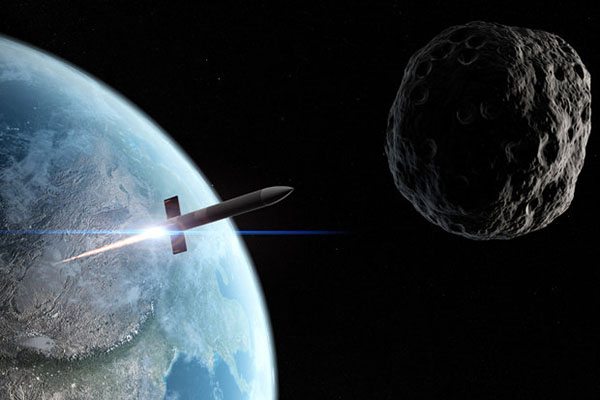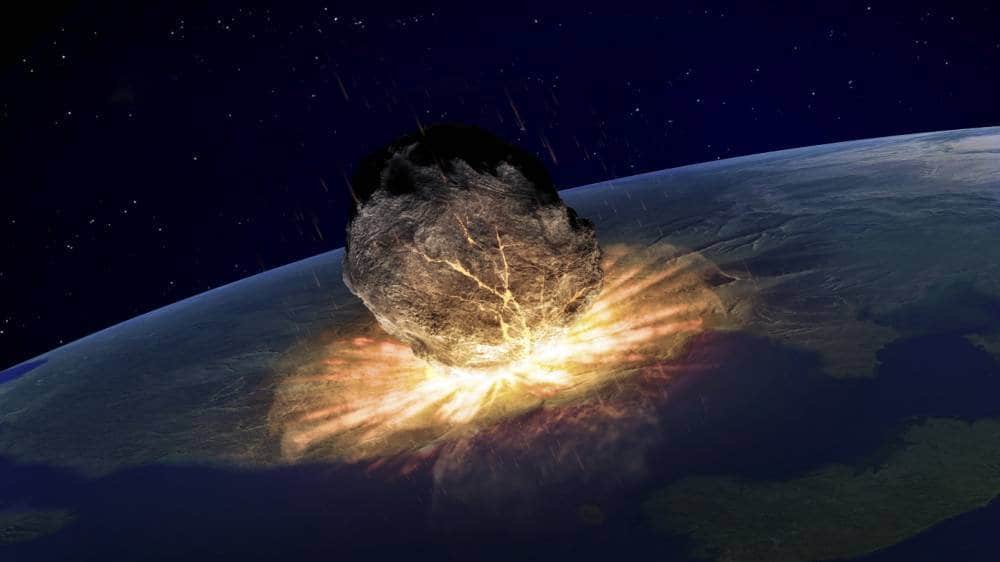
The most famous of these involves the Great London Fire of 1666, the rise of Adolf Hitler, bombings at Hiroshima and Nagasaki as well as the assassination of President John F. dart nasadoomsday asteroid 2036Imalliance Lab.
Doomsday asteroid 2036 plus#
Previous estimates bracketed the asteroid's average diameter at 270 plus and minus 60 m the new Herschel observations returned a more precise diameter of 325 plus and minus 15 m. Through time many of Nastradamus’ prophecies have seemingly come true.
Doomsday asteroid 2036 movie#
In a plotline taken straight from a science-fiction film, astronomers in Russia are predicting that the 300-yard-wide Apophis could slam into the planet in 25 years’ time. Director Adam McKay and his advisor, asteroid specialist Amy Mainzer, have revealed in The New Yorker that Mainzer suggested reducing the size of the comet in the movie from the original 32 to nine kilometers, so that it would actually be possible to do something about it. Herschel provided the first thermal infrared observations of Apophis at different wavelengths, which together with optical measurements helped refine estimates of the asteroid's properties. An asteroid travelling at 23,000mph could crash into Earth on Apkilling millions and causing global chaos, scientists claim. "Apophis is only the second near-Earth asteroid observed by Herschel, and these were the fastest tracked observations by the space telescope - the asteroid moved at a rate of 205 arcseconds per hour as seen from Herschel's viewpoint," he said. After the asteroid’s close flyby on Wednesday, however, NASA scientists have announced that there is less than a one-in-a-million chance of the doomsday asteroid hitting the Earth on its. "As well as the data being scientifically important in their own right, understanding key properties of asteroids will provide vital details for missions that might eventually visit potentially hazardous objects," Laurence O'Rourke, Principal Investigator of the MACH-11 observing program, from the European Space Astronomy Center (ESAC), near Madrid, Spain said. The observations were made as part of Herschel's Guaranteed Time Program MACH-11. Pictured: The Doomsday asteroid Apophis that could hit Earth in 2036 as it whizzed past us (but dont worry it was still nine million miles away) 1000 foot wide asteroid will brush past. Herschel had a good opportunity at the weekend, observing the asteroid for about two hours on its approach to Earth, ahead of Wednesday's closest encounter at a little less than one tenth of the distance from Earth to the Sun: about 14.5 million km. Obtaining improved physical parameters for Apophis and its orbit is thus of great importance in being able to make better predictions of its future trajectory. The asteroid will return to Earth's neighborhood again in 2036, but quite how close it will come then is uncertain, as the 2029 approach is predicted to alter its orbit substantially. With additional data, however, an impact in 2029 was soon ruled out, although the asteroid will pass within 36,000 km of Earth's surface, closer even than the orbits of geostationary satellites.


But now Nasa has dismissed that threat based on new analysis of the asteroid. ESA's Herschel space observatory made new observations about asteroid Apophis as it approached Earth this weekend, showing it to be bigger than first estimated, and less reflective.Ĭatalogued as asteroid (99942) Apophis (previously 2004 MN4), it is often nicknamed "the doomsday asteroid" in popular media, after initial observations made after its discovery in 2004 gave it a 2.7 percent chance of striking Earth in April 2029. Close calls in 20 were predicted and later ruled out.


 0 kommentar(er)
0 kommentar(er)
